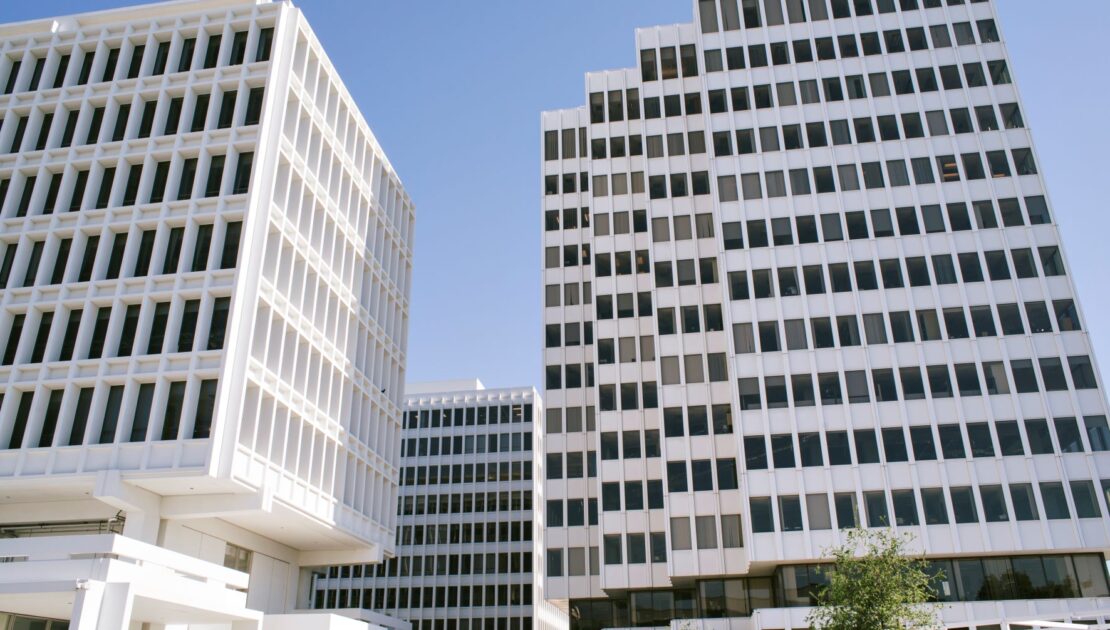U.S. Commercial Property Pricing Is Turning a Corner Heading Into 2025

With years of double-digit rate increases now in the past for many buyers, the U.S. commercial property market has improved and shows signs of stability even amid obstacles, according to a new report from the Insurance Information Institute (III).
Growth in the U.S. commercial property market has been primarily rate-driven for the last several years, but 2024 “broke a long-standing trend,” the III said in its latest Issues Brief. Rate changes dropped from an average 3.4% increase in Q1 to a 0.94% decrease by Q2.
This shift followed steady increases for the line of business since 2017, the organization said, citing data from broker Aon. While steep rate increases may continue for high-risk properties or accounts with poor loss history, III said that, for much of the market, pricing is “turning a corner.”
“Strong underwriting performance and improved investment returns, which can bolster operating profitability, may play a crucial role in the medium to longer term,” said III. Another key determinant for the future will be whether competition heats up in the reinsurance market in 2025, the organization added, and that will hinge largely on the ultimate losses from the second half of 2024.
According to a recent market report from broker Amwins, “it is still too early to evaluate” how reinsurers will react to 2024 losses, but “the expectation is that any savings made at the Jan. 1, 2025, renewals will be passed on by the primary carriers.”
Extreme weather events, in general, present a major question mark for insurers going forward. “Increasing climate and catastrophe risk, particularly secondary perils, drive losses,” said Dale Porfilio, FCAS, MAAA, chief insurance officer for the III. “Catastrophe losses in the first half of 2024 were on track to be lower than in recent years while remaining above the 21st-century average.”
Citing data from Munich Re, III noted that hurricane activity in Q3 and Q4 propelled insured losses from tropical cyclones to approximately $51 billion. Hurricanes Helene and Milton contributed about 80% of the total, but even with the two devastating storms, insured losses decreased slightly compared to the hurricane seasons in 2023, 2022, and 2021.
While natural disasters hit the headlines, other challenges facing commercial property come down to the nuts and bolts of underwriting and risk management. The III warned that replacement costs and valuations of properties “can be dynamic and underestimated” but are often reevaluated only every three to five years.
According to a Kroll study, about 90% of buildings evaluated were underinsured, and 68% valued between 2020 and 2021 were underinsured by 25% or more. Inaccurate valuations negatively affect loss modeling for insurers and their clients.
“This vulnerability could ignite a shift in property insurance dynamics when the market sees an increase in claims not adequately covered by existing policies and introduce more volatility in the commercial property market,” said Porfilio.
“Transformations in underwriting practices and policy structures can mitigate economic volatility. As businesses demand more comprehensive coverage options to address the increasing complexity and frequency of commercial risks, insurers may need to harness innovation.”
He added, “Future outcomes will ultimately hinge upon relationships between insurer and policyholders.”
Article Published By: Zywave, Inc.
